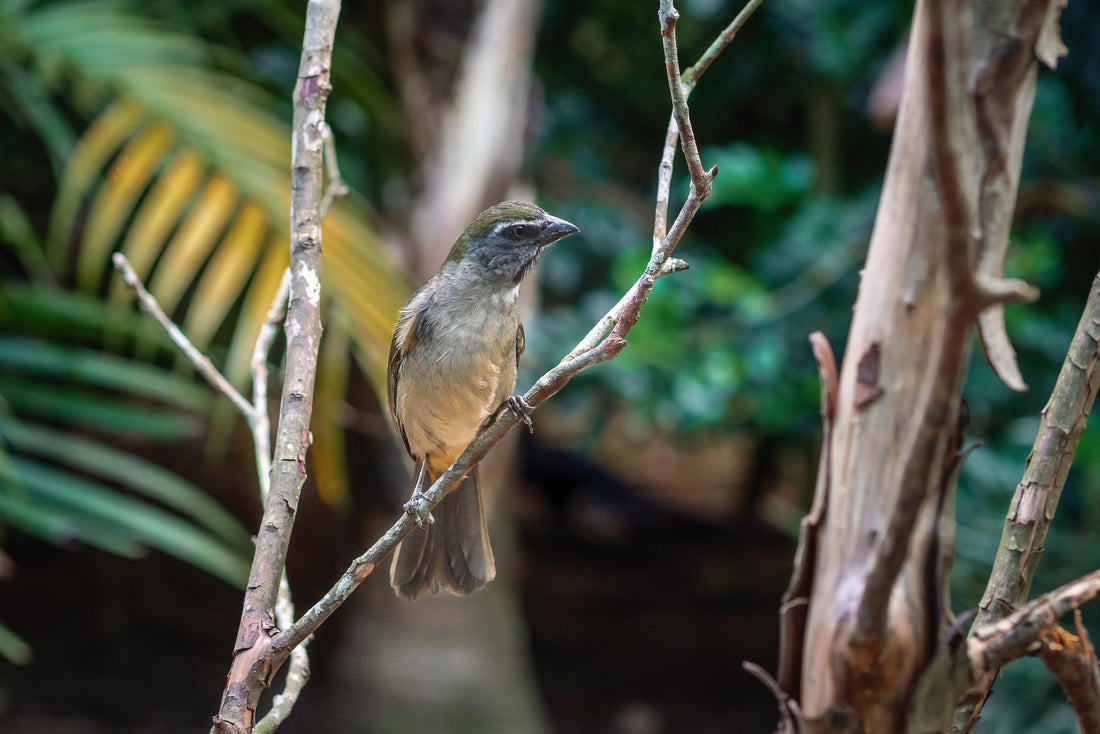Deep in the forests of northern Mozambique, an extraordinary partnership between humans and birds has flourished for generations. It’s a tale of mutual benefit, ancient traditions, and the golden treasure—honey. Scientists have now confirmed that honey hunters in this region rely on honeyguide birds to locate 75% of their harvest, showcasing one of nature’s most remarkable collaborations.
Meet the Honeyguide
Finding wild beehives hidden deep within dense forests is no easy task. But honey hunters have an unexpected ally—the honeyguide bird. This small but intelligent bird has a special skill: it can locate beehives and lead humans straight to them.
Why would a bird help humans find honey? The answer lies in their diet. Honeyguides don’t eat honey; they crave beeswax. Once the hunters break open a hive, the birds swoop in to feast on the wax, creating a win-win relationship that has lasted for centuries.
The Science Behind the Partnership
A research team from the University of Cape Town and the Niassa Carnivore Project travelled to northern Mozambique to investigate how much honey hunters depend on honeyguides. Interviewing 141 honey hunters across 13 villages and analysing 20 years’ worth of wildlife records, they found that around 14,000 litres of honey are collected annually, with 75% of it discovered through the help of honeyguides.
With an estimated value of over $40,000 per year, honey hunting isn’t just a tradition—it’s a crucial source of income. In a region where many earn less than $2 per day, this practice provides both sustenance and financial stability.
A Sustainable Tradition Worth Preserving
Honey hunting isn’t just about collecting honey; it’s about preserving a delicate balance. The hunters practice sustainable harvesting methods, ensuring enough honey is left behind for the bees to thrive. This careful stewardship, combined with their reliance on honeyguides, highlights a deep-rooted respect for nature.
Beyond sustainability, this practice is a living example of interspecies communication. In some parts of Africa, honey hunters even use special calls to summon honeyguides, reinforcing this unique connection between humans and wildlife.
A Lesson in Working With Nature
The partnership between honey hunters and honeyguides is a testament to the power of cooperation—both within and beyond species. In a world where human activity often disrupts ecosystems, this story offers a rare example of harmony between humans, birds, and bees.
So the next time you enjoy a spoonful of honey, take a moment to appreciate the ancient wisdom and teamwork that made it possible. Nature’s best collaborations are often the sweetest.
Want to learn more? Read the full study here: https://phys.org/news/2025-02-honey-hunters-mozambique-honeyguide-birds.html?utm_source=nwletter&utm_medium=email&utm_campaign=daily-nwletter#google_vignette

